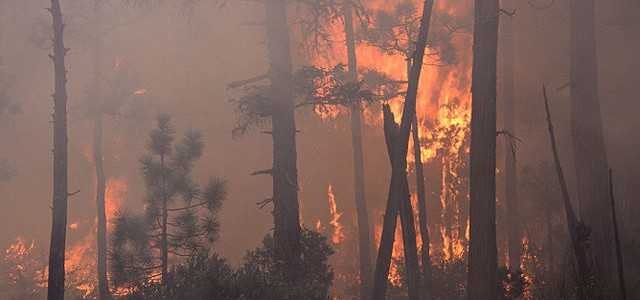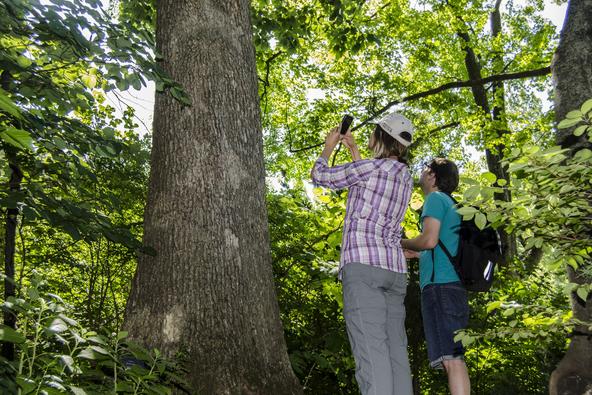Forests
-

Phys.org published an article earlier this month on a new study of the Amazon rain forest which shows observationally that the end of the dry season there is triggered by water vapor emanating from the trees there. According to the article, until now scientists have not been able to determine why the rainy season begins…
-

When a tree is hit by lightning, the damage can be severe in some cases and incidental in others. It’s not always easy to tell how badly the tree was injured just by looking at it. What do you need to do after the damage occurs? Walter Reeves, the Georgia Gardener, discusses this in a…
-

Extreme droughts in southern France and western Canada (this one I think is linked to the drought that is plaguing the Northern Plains right how) are causing tinder-dry conditions which are flaring into large and numerous wildfires in those regions. Here are two stories about the impacts of those fires. AgWeb noted that more than…
-

The University of Kentucky published a story this week about a new smartphone app which allows citizen scientists to upload pictures and information about critical tree species, including potential pest infestations and diseases for critical species like white oak. The app is designed to be easy to use. According to the story, “The app guides…
-

Recent storm events have dropped trees in a number of places across the Southeast, including Georgia. Some trees are snapped by high winds, and others are uprooted when saturated soils weakens the grip that the tree roots have, resulting in trees that are tipped over by those winds. Paul Pugliese, the Georgia ANR agent in…
-

A webinar on the impacts of droughts on urban forests is scheduled for Tuesday, July 25 at 2 pm EDT. It is being offered by the US Forest Service. You can get more information on it at https://www.climatewebinars.net/webinars/drought-urbanforests. A brief description is shown below. Preregistration is not required. Recent droughts have caused stress and mortality in…
-

The National Resources Conservation Service has released a new implementation strategy for longleaf pine restoration that has some useful resources for foresters. It describes the importance of longleaf pine communities in keeping ecosystem diversity and discusses plans for how to maintain and improve longleaf pine forests. You can read more about it at https://www.americaslongleaf.org/ with…